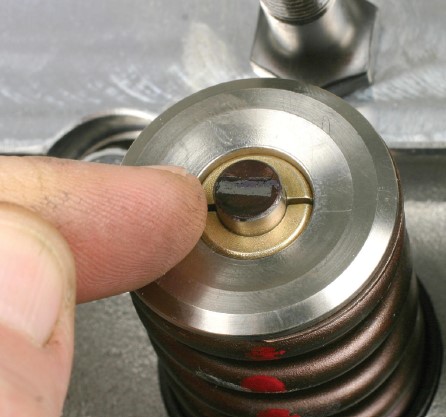The pushrod in OHV systems is often the weak link in a high-revving, high-lift and high spring pressure application. The entire valvetrain is subjected to potential harmonics and valve spring frequencies. In an OHV engine, pushrods play a major role with regard to valve spring dynamics, valve stability and valve bounce.
Pushrod stiffness is a critical issue. When pushrods flex under extreme springs loads and high lift conditions, the flexing can interrupt the transition of dynamic force between the lifter and valve, to the point where it can result in erratic and somewhat late camshaft timing. The quick transition from a no-load (at the base circle lash setting) to peak stress approaching full lift, where spring pressures are highest, with more intense loads at the exhaust pushrod as higher cylinder pressure must be overcome. While conventional thinking routinely dictates that we should attempt to reduce valvetrain component weight, heavier (larger diameter) steel pushrods are favored by many, where the tradeoff of additional weight vs strength and rigidity makes sense in order to reduce the potential of flex. Pushrod flex induces frequencies that are transmitted through the valvetrain. This results in instability which can cause the rocker tip to oscillate, dancing around the rocker cup or adjuster ball instead of maintaining a consistent center contact, in addition to cam timing fluctuation.
Full article here:


